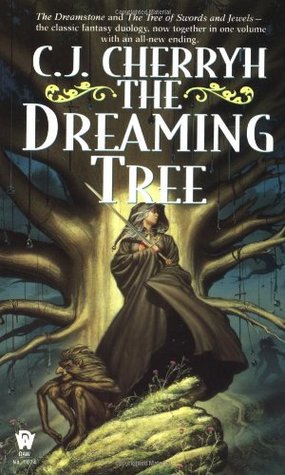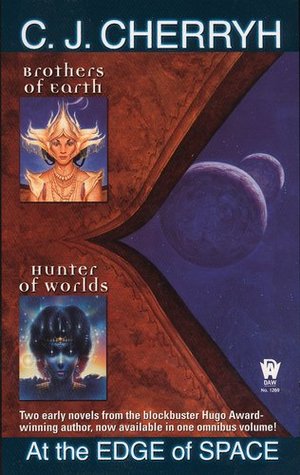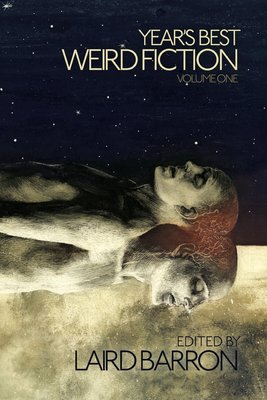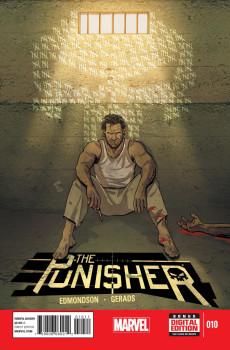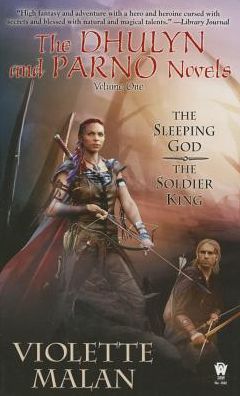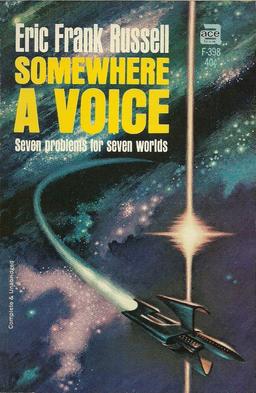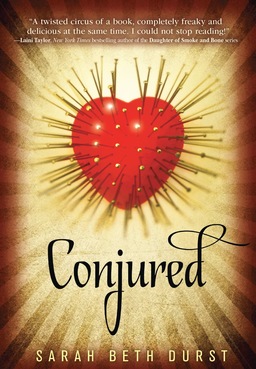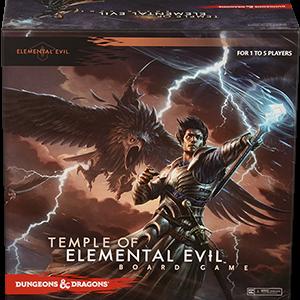I, The Sun by Janet Morris
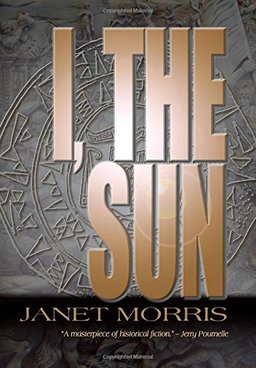 I, The Sun
I, The Sun
By Janet Morris
Perseid Press (534 pages, October 27, 2014, $26.95 in trade paperback)
Cover art: The Seal of Suppiluliumas
This masterpiece of historical fiction was based on the actual writings and historical records of Suppiluliumas I, the great Hittite king who dominated the Middle East around the 14th century, BC. He rebuilt the old capital of Hattusas, and from there exercised his Imperial Power over the Hittite heartland, controlling the lands between the Mediterranean and Euphrates. But he was not a king to sit back on his throne and pull the strings of his minions, advisors and subjects. No, he was hands-on, and long before he became king he made his way in the world, fighting and whoring and playing politics. His military career included dealing with the eastern kingdom of Mitanni, and regaining a solid grip on Syria.
I, The Sun was first published in 1983 by Dell Books, and with this classic story of Suppliluliumas I, author Janet Morris laid the groundwork for her most famous fictional character — Tempus the Black, whom she first introduced in the original Thieves’ World series, and in her own, later novels such as Beyond Sanctuary, Beyond the Veil, Beyond Wizardwall, and The Sacred Band, written in collaboration with her husband, Chris Morris.
In I, The Sun, Janet Morris weaves a brilliant, sprawling tapestry of events in the life of this great king of the ancient world, whom we first meet when he is known by his birth-name, Tasmisarri. This historical novel, cleverly written in first-person to stand as the official autobiography of Tasmisarri/Suppiluliumas, begins with the death of his father, the Great King Arnuwandas. Since Tasmi cannot sit the throne until his majority, his uncle Tuthaliyas inherits the crown. But so much can happen until Tasmi comes of age, and so, to keep his own brothers from killing each other — and him, and thus seizing the throne, Tuthaliyas adopts Tasmi and makes him his heir.
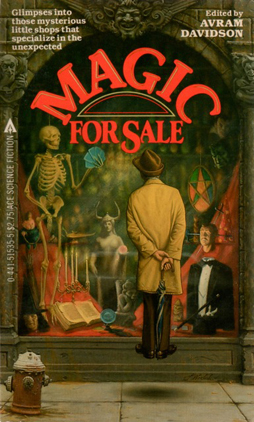 At a science fiction book sale not too long ago, I picked up an anthology from 1983 called Magic For Sale. There was something irresistibly appropriate in buying the book second-hand: edited by Avram Davidson, it’s a collection of stories for the most part precisely about the magic that lies within the second-hand. About purchasable goods with something in them beyond cost and explanation. About shoppers who find more than they expected. About supernatural bargains, each with its own twist.
At a science fiction book sale not too long ago, I picked up an anthology from 1983 called Magic For Sale. There was something irresistibly appropriate in buying the book second-hand: edited by Avram Davidson, it’s a collection of stories for the most part precisely about the magic that lies within the second-hand. About purchasable goods with something in them beyond cost and explanation. About shoppers who find more than they expected. About supernatural bargains, each with its own twist.